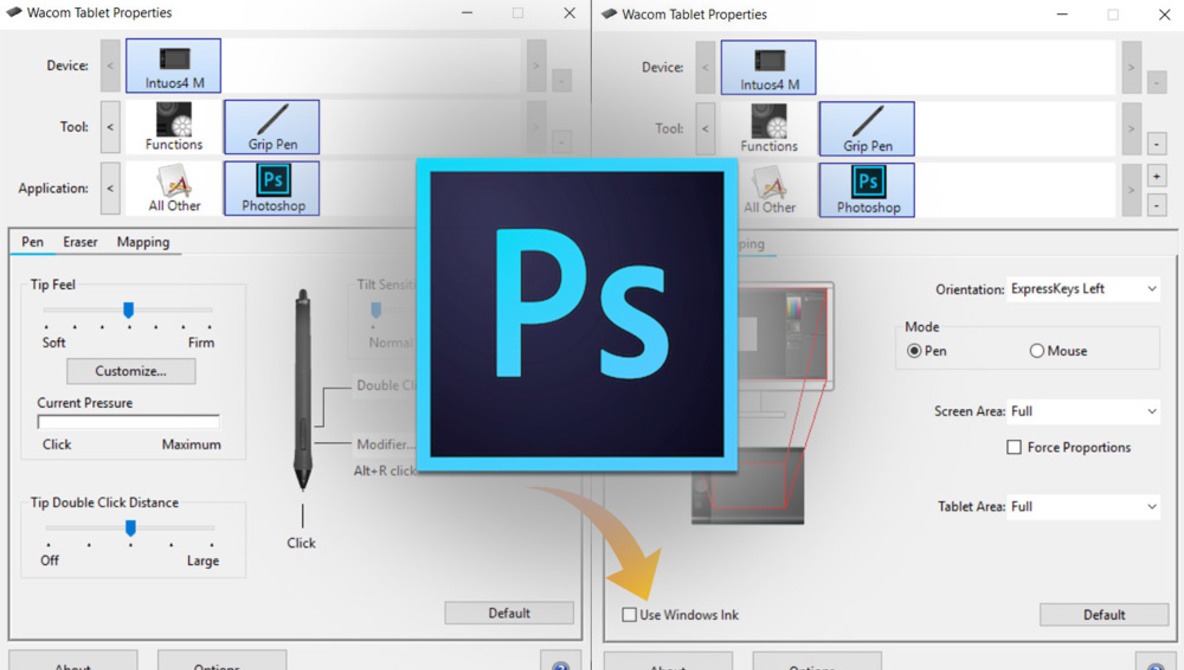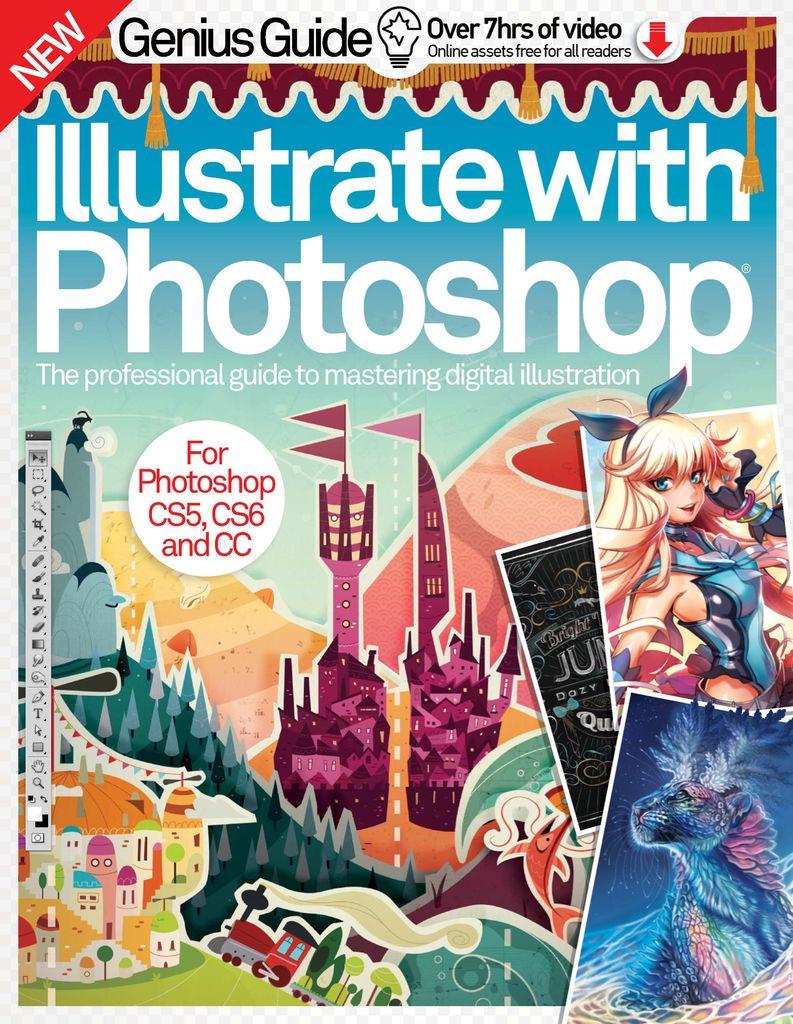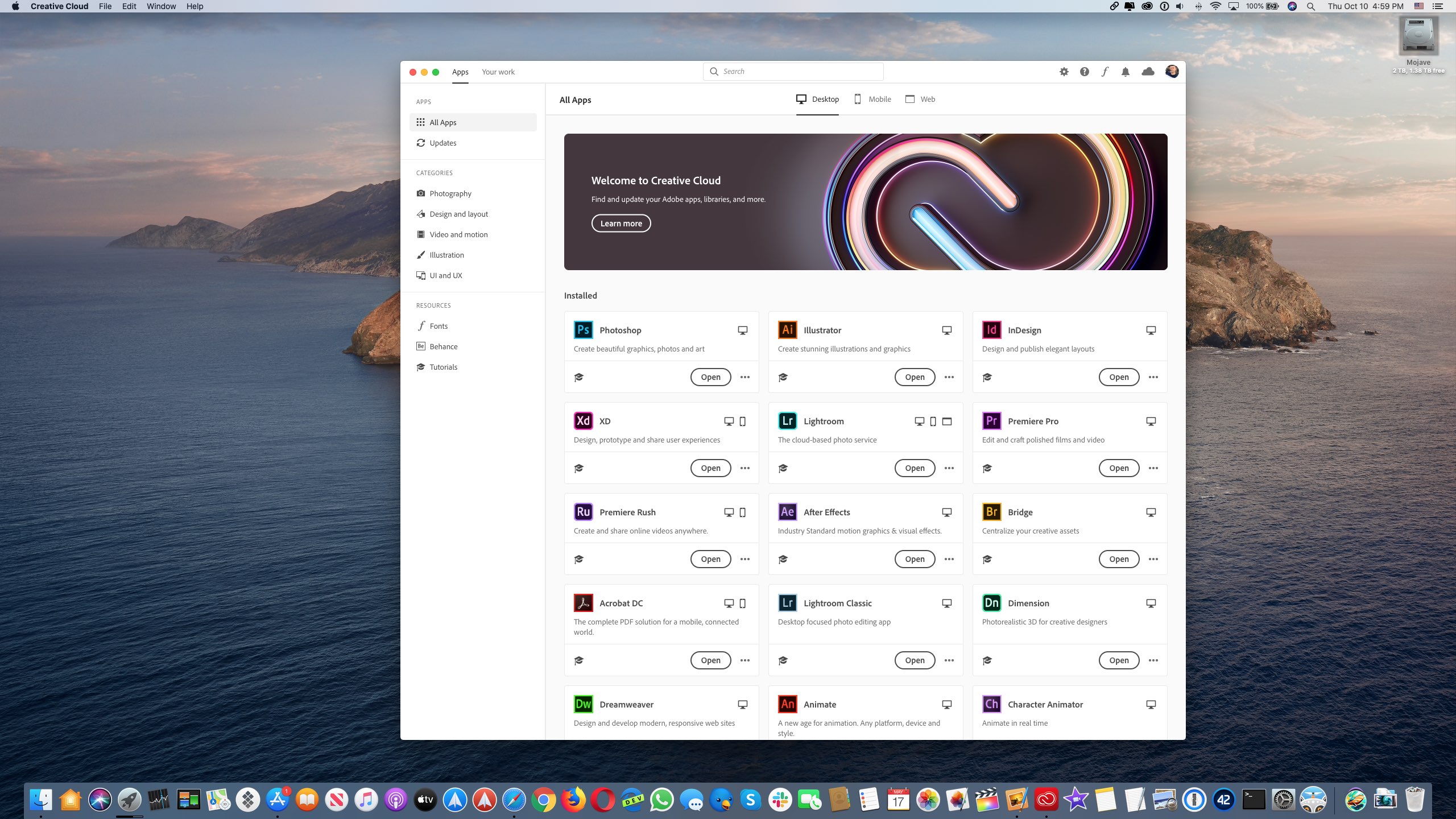

These can include the grip feel of the pen, the surface of the tablet (glossy or matte), the buttons available on the tablet, or even the most obvious preference: the size. "While I was in college I owned a Bamboo and since then have owned a Wacom Intuos 3 and 4, a Cintiq 13HD, and most recently a 22 Cintiq Touch. Based on my experience, I believe that all tablets function in a very similar fashion it just comes down to personal preferences. Microsoft - Not to be outdone by the competition, Microsoft too has entered the tablet market with their class 3 Surface Pro.This means Blender and other desktop applications are unavailable.
#EXTREME INJECTOR V3.7.3 .RAR VIRUS? PRO#
Though it should be noted that the iPad Pro runs iOS and AppStore apps instead of a desktop OS.
#EXTREME INJECTOR V3.7.3 .RAR VIRUS? FULL#
This class offers the full package of being a tablet and display and computer. These are expensive tablets that are great for committed/professional digital painters and sculptors. Brings back memories of graphite palm from my school years.The "Cintiq" is one of the most popular display tablets. Some consider it to be a negative of this approach that your arm covers a portion of the screen as you work - Traditional drawing and painting have the same problem. So it's like drawing "on" a digital canvas, making for a much more natural interactive experience for digital artistry. This class eliminates the hand-eye coordination problem by making the tablet surface a computer monitor itself. They're great for 3D modelers and sculptors. This is a good entry-level tablet class for digital artists who want the baseline benefits of a tablet. The "Intuos" line fro Wacom is one of the most popular standalone tablets. This kind of coordination can take some getting used to at first. By "no-look", I mean the hand-eye coordination is like that of a mouse where you're looking at a computer monitor to see the result of your hand movement while your hand is actually moving out of sight. This is the baseline class featuring a standalone tablet that offers no-look pencil-to-paper interaction. Some choices are simpler and budget-friendly while others offer the fanciest features and immersive interaction to make for the best artistic experience. Let's take a look at 3 tablet "classes". Of course there's a variety of choices in the world of digital tablets, as with anything. But the task variety of switching between keyboard, mouse, and tablet is beneficial for preventing carpal tunnel syndrome. Carpal Tunnel Prevention: While tablets aren't a cure for carpal tunnel, it does provide a more natural movement than a mouse.

Think of when an sketch artist tilts a pencil to use the length of the tip for shading. Tilt Sensitivity: Some tablets recognize the tilt of your pen to enable additional functionality that can't be emulated by a mouse.This functionality has tremendous benefit when blending gradients in a painting or carving in digital clay something a mouse cannot do. Pressure Sensitivity: Tablets offer the ability to alter input based on the pressure of the pen against the tablet surface.Even though there's subjectivity involved in choosing a tablet or mouse, there are some objective benefits of a tablet over a mouse:

A tablet can be for anyone who wants to interface with the computer in a more natural, pencil-and-paper kind of way. So we're not really talking about a right or wrong here. I've also known modelers who use a mouse exclusively. Having said that, I've known riggers and animators who use a tablet exclusively.

For other disciplines like rigging, animation, dynamics, and compositing, a digital tablet isn't as much of a necessity. In fact, for those I would say a tablet is necessary. Tablets are most useful for certain disciplines: Digital painting, 3D modeling, 3D sculpting, and texture painting are the obvious candidates for a tablet. And depending on your interests, a tablet can be a luxury or a necessity. Tablet vs Mouse New digital artists often ask the question, "Why get a tablet when I have a mouse?" Perhaps tablets give the impression of being a luxury rather than a necessity.


 0 kommentar(er)
0 kommentar(er)
